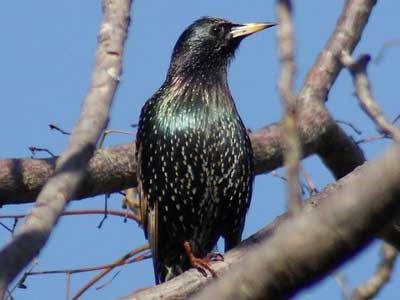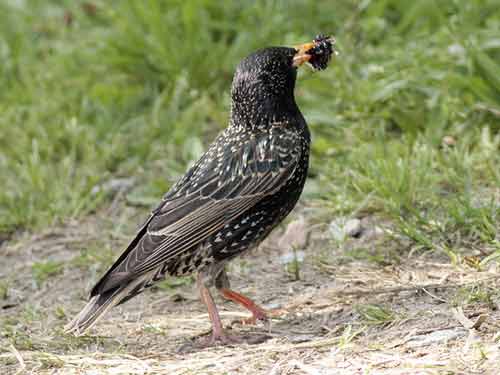Order: Passeriformes (Oscines) - Family: Sturnidae
Status: Introduced - Resident - Abundant - Breeder. Habitat: Woods, ponds and marshes
| Sounds | |||
|---|---|---|---|
 8 seconds - 52 kb 8 seconds - 52 kb© José L. Merlo |
 12 seconds - 70 kb 12 seconds - 70 kb© José L. Merlo |
 12 seconds - 75 kb 12 seconds - 75 kb© José L. Merlo |
 12 seconds - 72 kb 12 seconds - 72 kb© José L. Merlo |
 Flock of juveniles Flock of juveniles31 seconds - 217 kb © José L. Merlo |
|||
| Non-breeding Adult | ||
|---|---|---|
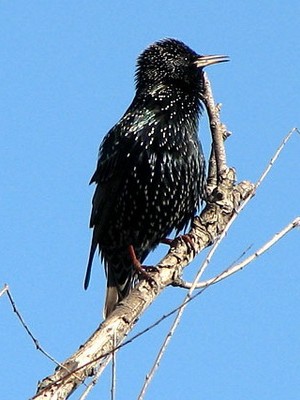
6-2006 © Hugo Hulsberg |
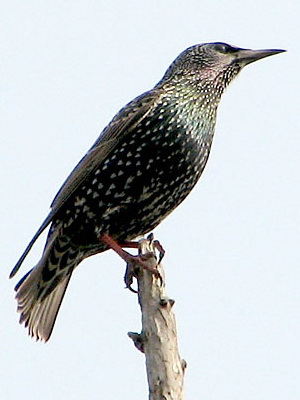
3-2006 © Hugo Hulsberg |
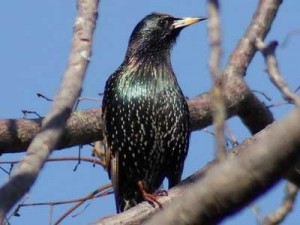
Black with white dots. Red legs |
| Breeding Adult | ||
|---|---|---|
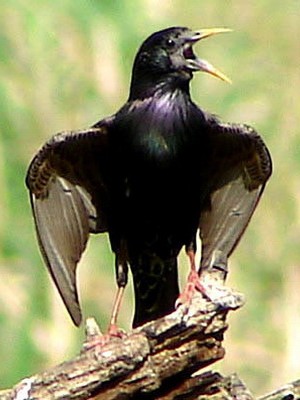
10-2006 © Hugo Hulsberg |
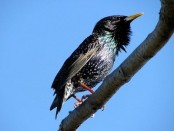
Yellow bill. Mottles disappear because feather tips wear off. Violet and greenish sheen |
|
| Atypical Individual | ||
|---|---|---|
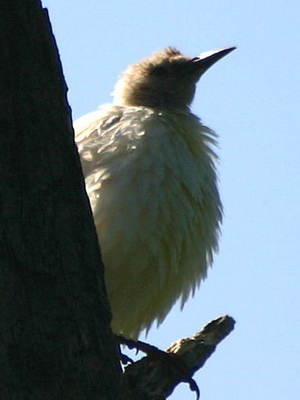
Hermenegildo, our white starling |
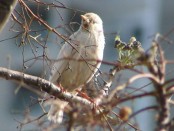
9-2006 © Jorge García V. 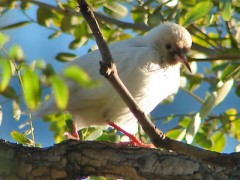
7-2009 © Mirta Ragonesi |
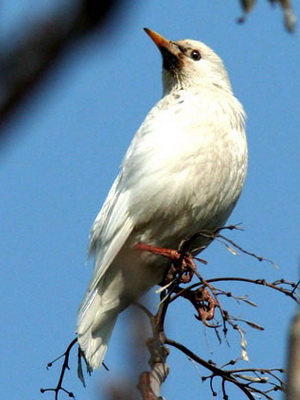
10-2006 © Roberto Ares |
© Roberto Ares |
| Breeding | ||
|---|---|---|
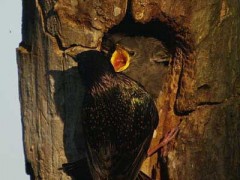
11-2009 © Pablo M. Fernandez |
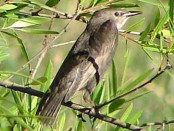
11-2006 © Hugo Hulsberg |
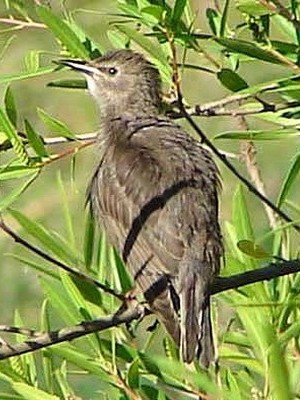
11-2006 © Hugo Hulsberg |
14 11 2010 © Carlos González Ledo |
| Diet | ||
|---|---|---|
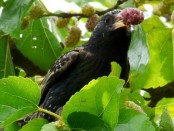
11-2010 © Carlos Gonzalez L. |
||
| European StarlingSturnus vulgaris Leucistic bird eating berries 11-2009 © Roberto Ares |
| Flock | ||
|---|---|---|
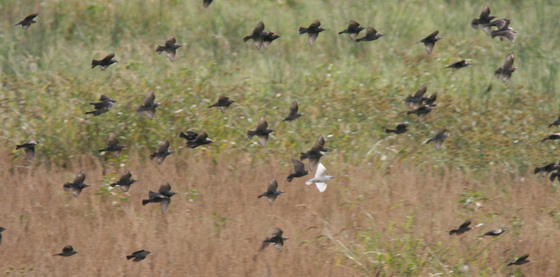
With the conspicuous Hermenegildo |
||


